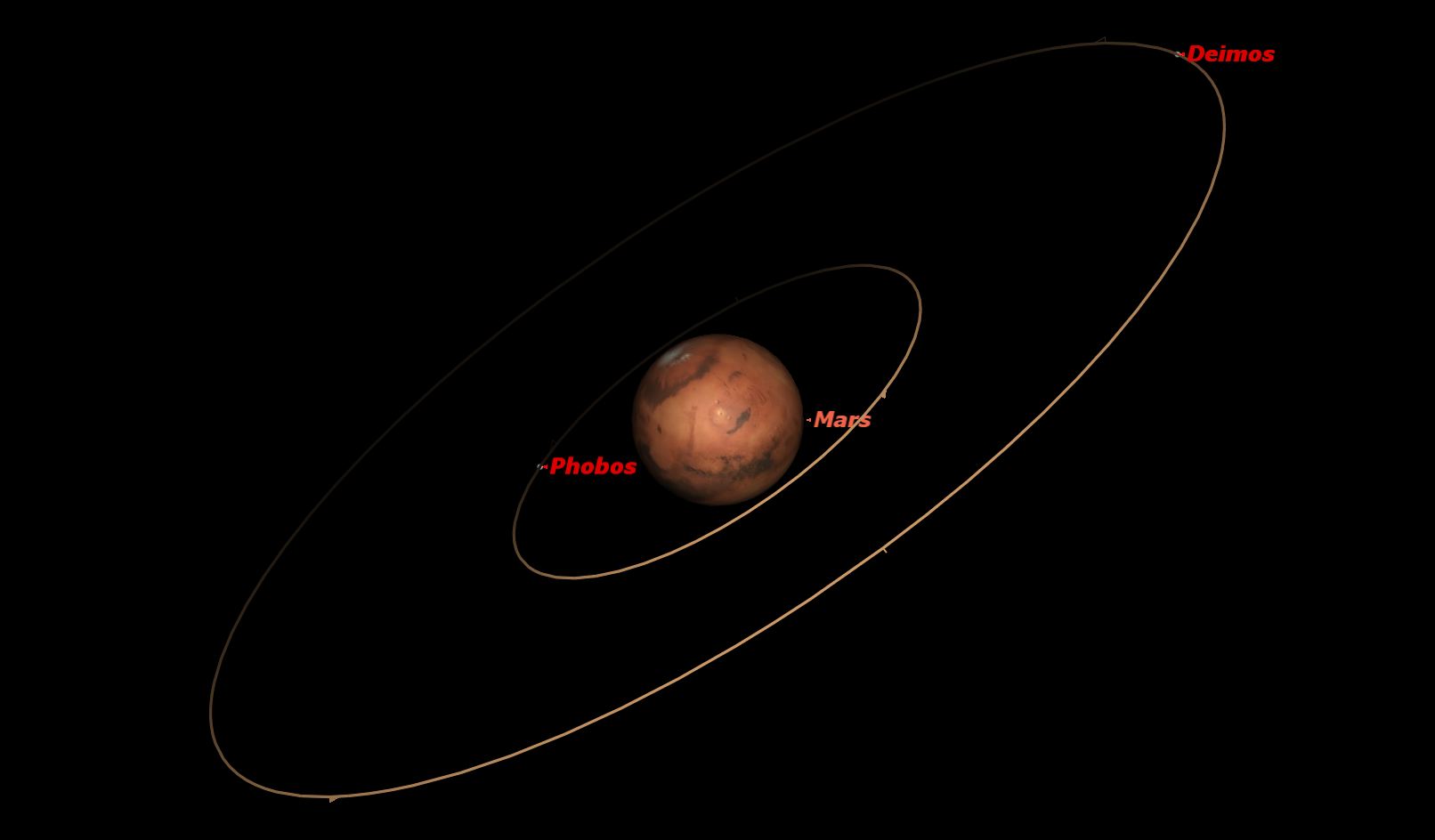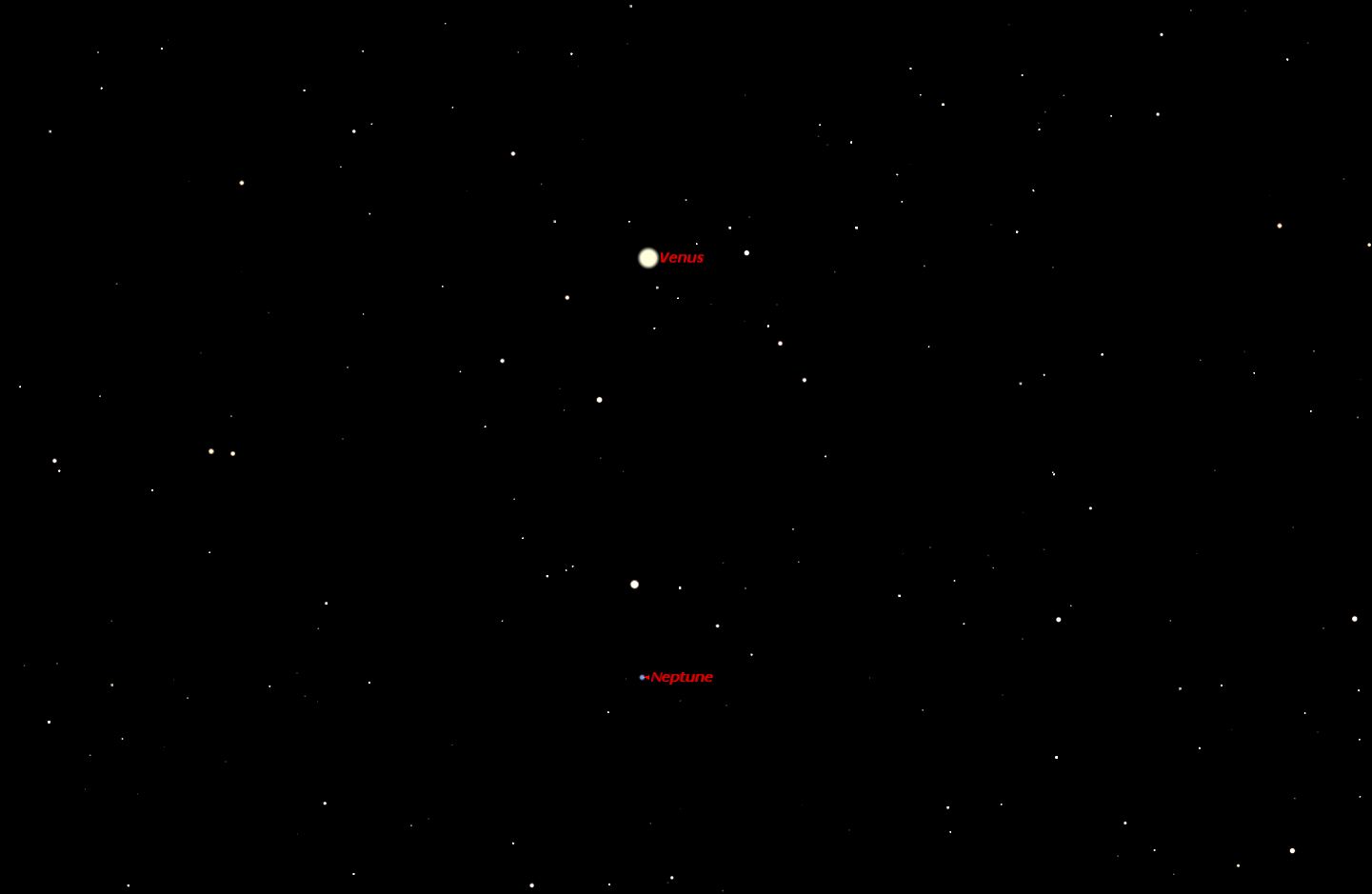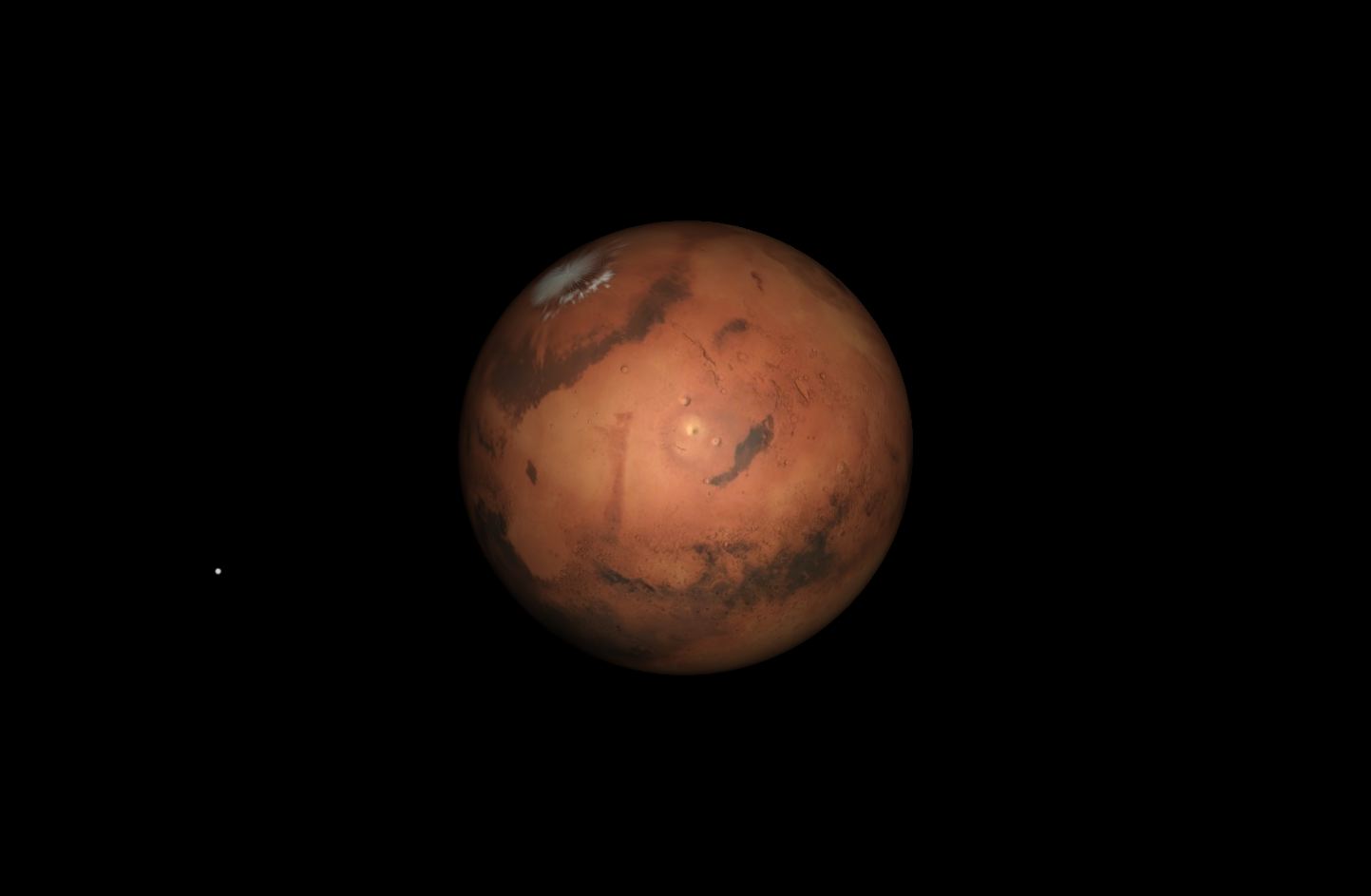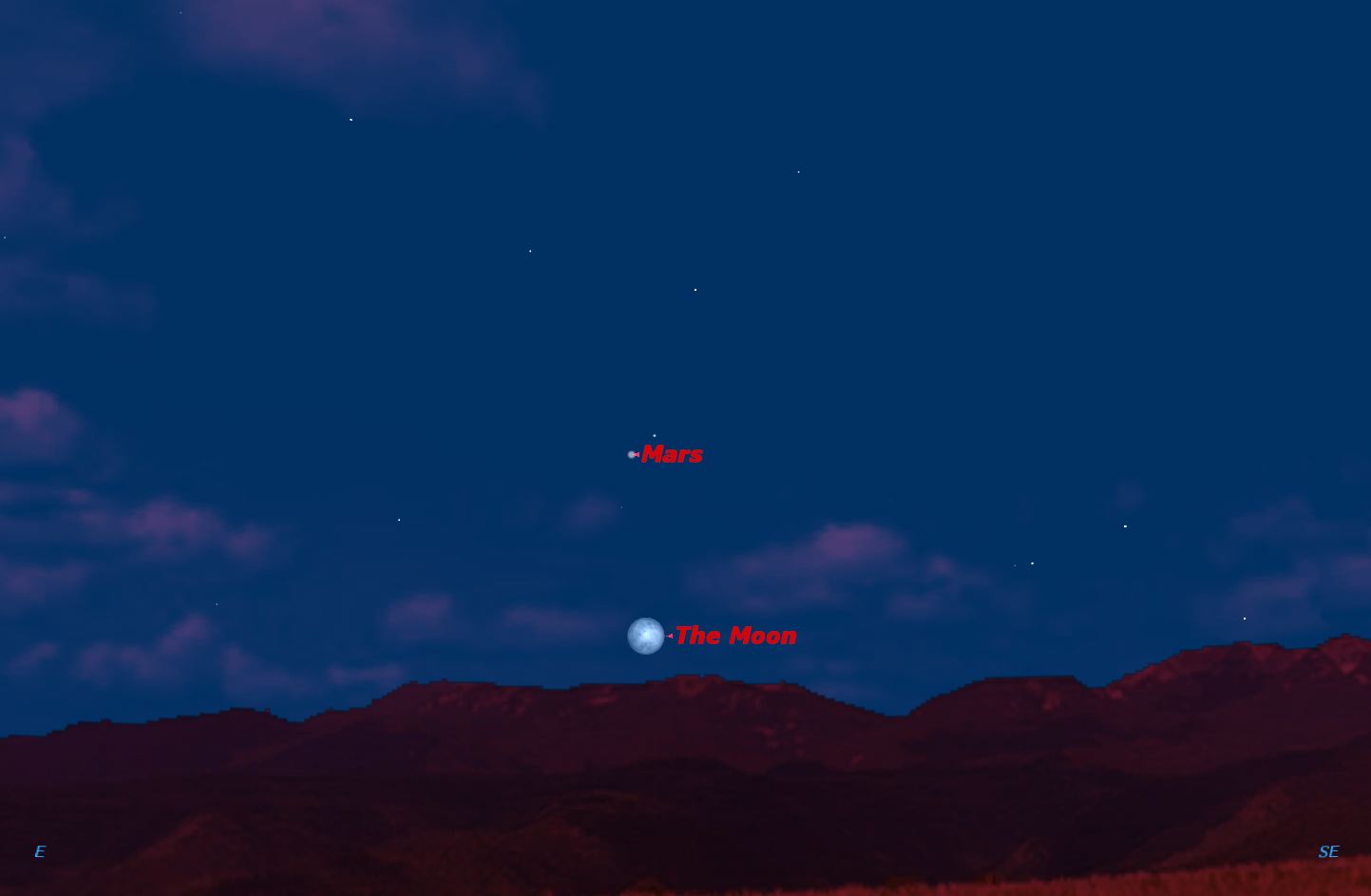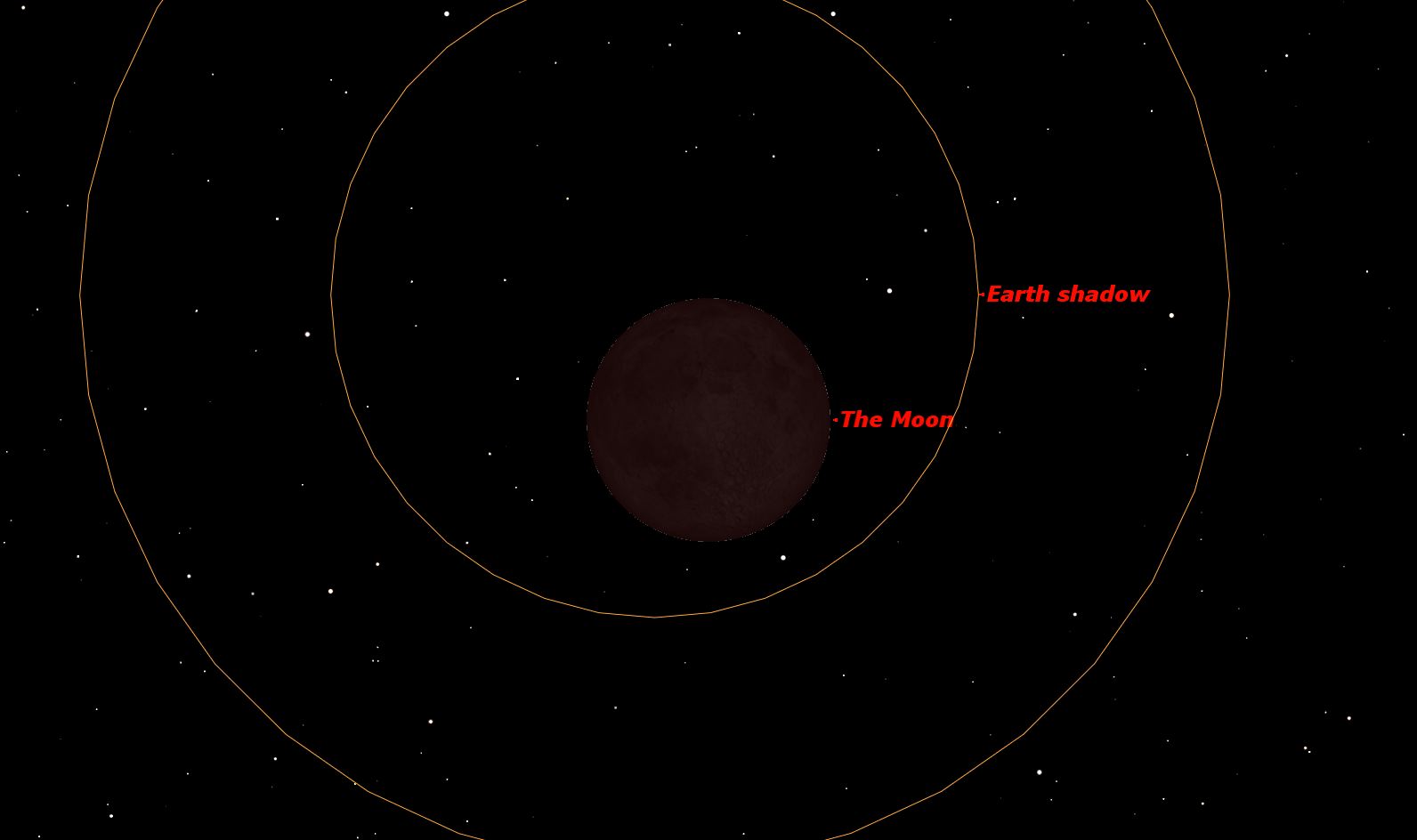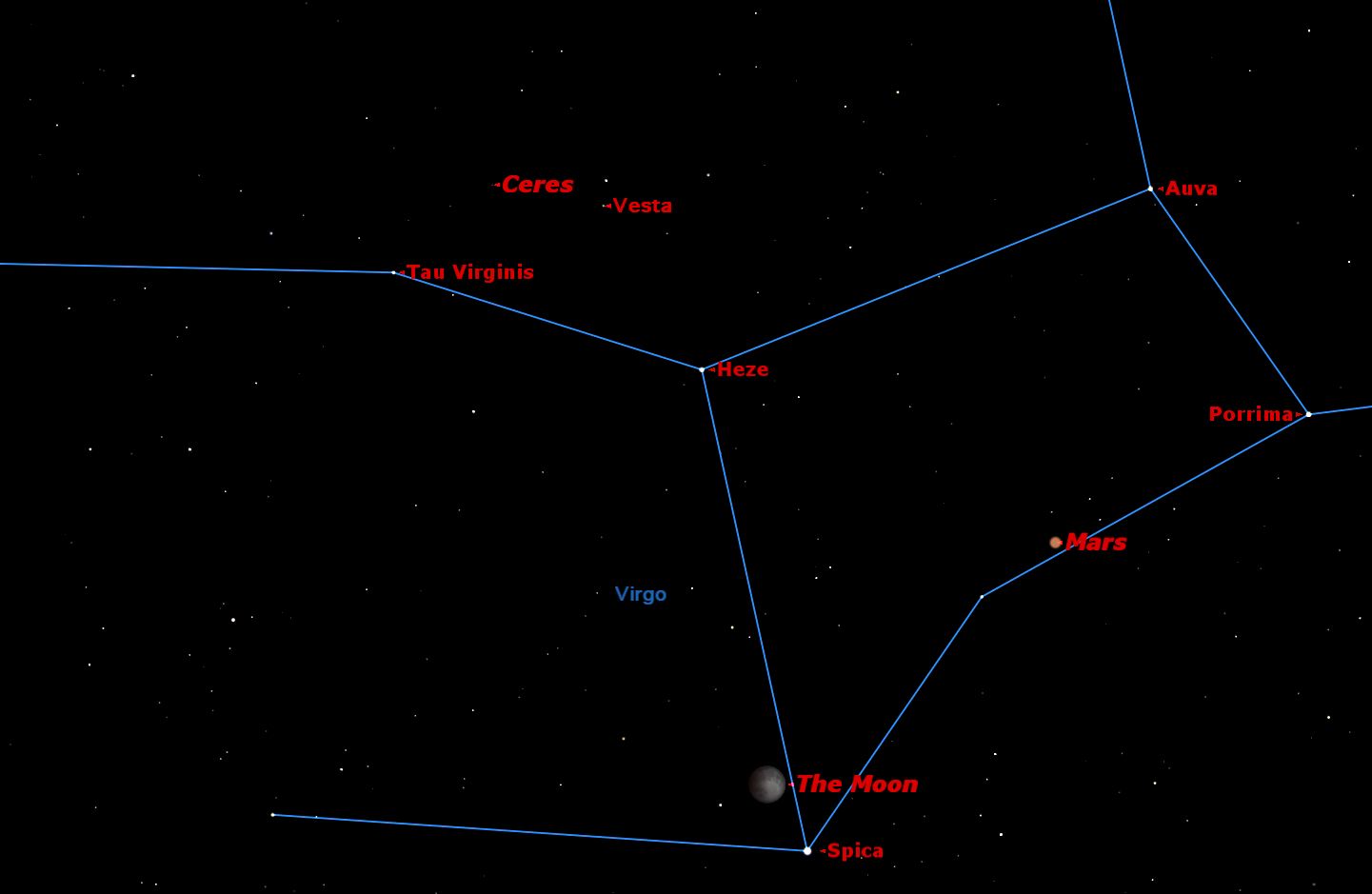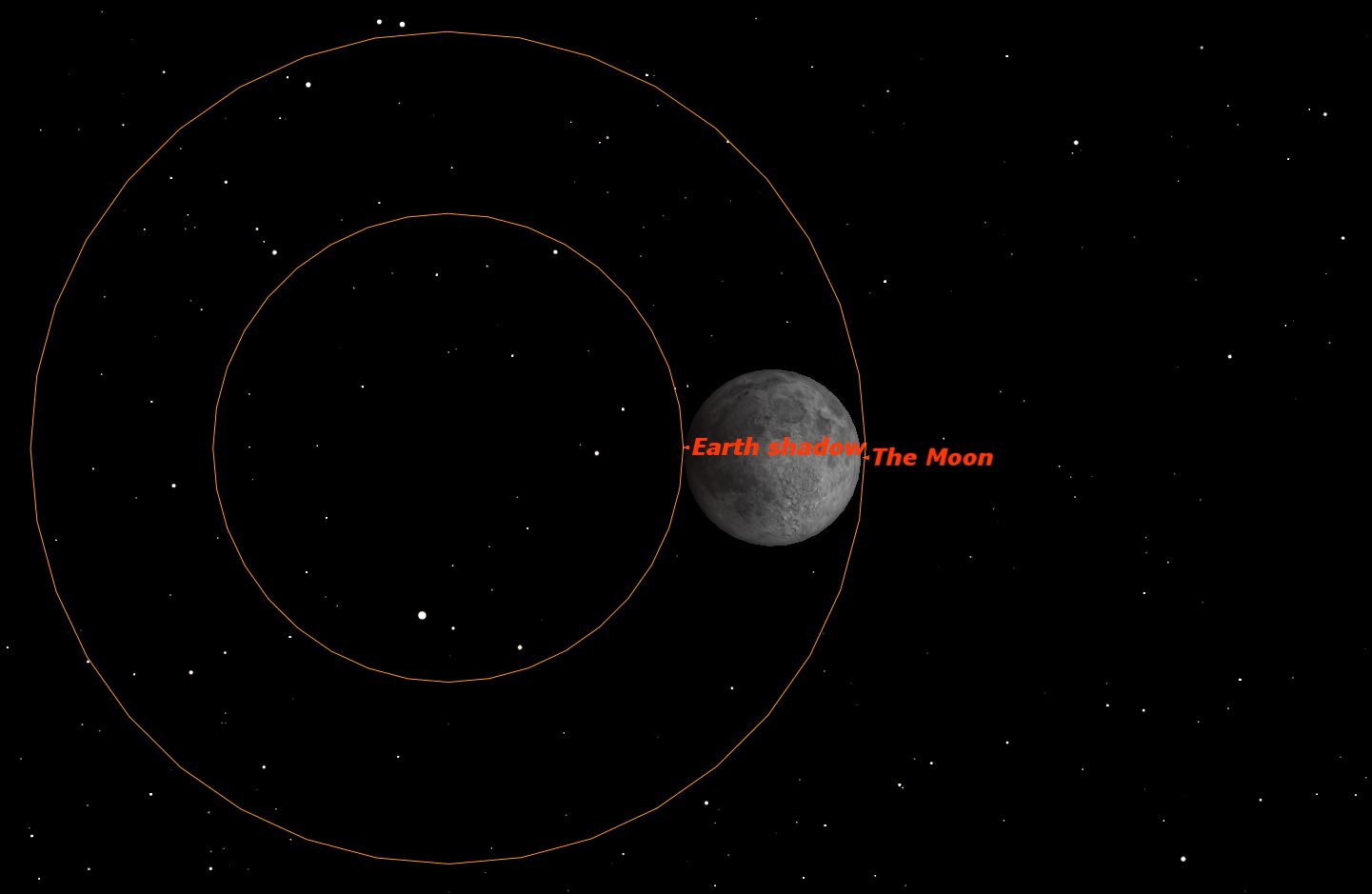Best Night Sky Events of April 2014: Stargazing Sky Maps (Gallery)
Aldebaran and the Moon, April 2014
Thursday, April 3, evening. The Moon will be close to the red giant star Aldebaran in Taurus this evening. [See our April Night Sky Stargazing Guide]
First Quarter Moon, April 2014
Monday, April 7, 4:31 a.m. EDT. The moon is not visible on the date of New Moon because it is too close to the sun, but can be seen low in the east as a narrow crescent a morning or two before, just before sunrise. It is visible low in the west an evening or two after New Moon. [See our April Night Sky Stargazing Guide]
Mars, April 2014
Mars is in opposition on April 8 and closest to the Earth on April 14. It is visible in Virgo all night long. [See our April Night Sky Stargazing Guide]
Mars at Opposition, April 2014
Tuesday, April 8, 5 p.m. EDT. Mars will be at opposition, exactly opposite the sun in the sky. Oddly enough, Mars isn’t at its closest to the Earth for nearly 6 more days, because of Mars’ elliptical orbit. [See our April Night Sky Stargazing Guide]
Venus and Neptune, April 2014
Saturday, April 12, 4 a.m. EDT. An unusual opportunity to view the brightest and the faintest planets at the same time. This will be a difficult observation because the sky is starting to get light by the time the planets rise, making it difficult to see 8th magnitude Neptune. A low eastern horizon will be necessary. [See our April Night Sky Stargazing Guide]
Vesta at Opposition, April 2014
Sunday, April 13, 8 a.m. EDT. The brightest asteroid Vesta will be opposite the sun this morning. At magnitude 5.8 it should be just visible with the naked eye under dark skies; an easy target in binoculars. [See our April Night Sky Stargazing Guide]
Mars Closest Approach, April 2014
Monday, April 14, 9 a.m. Because of its eccentric orbit, Mars will be at its closest to Earth today, almost a week after opposition on April 8. This is an unfavourable opposition, Mars being only 15.1 arc seconds in diameter. Later today, the almost Full Moon will pass just north of Mars. [See our April Night Sky Stargazing Guide]
Breaking space news, the latest updates on rocket launches, skywatching events and more!
Mars and the Moon, April 2014
Monday, April 14, sunset. Shortly after sunset, Mars and the moon will be visible rising in the east. [See our April Night Sky Stargazing Guide]
Full Moon, April 2014
Tuesday, April 15, 3:42 a.m. EDT. The Full Moon of April is known as the Seed Moon, Pink Moon, Sprouting Grass Moon, Egg Moon, or Fish Moon. It rises around sunset and sets around sunrise, the only night in the month when the moon is in the sky all night long. The rest of the month, the moon spends at least some time in the daytime sky. [See our April Night Sky Stargazing Guide]
Ceres at Opposition, April 2014
Tuesday, April 15, 2 a.m. EDT. Ceres will be directly opposite the sun in the sky, in Virgo. Ceres was the first asteroid discovered in 1801, and was reclassified as a dwarf planet in 2006. At magnitude 7.0, it will be easily visible in binoculars as a star-like point of light. It is less than 1 arc second in angular diameter. [See our April Night Sky Stargazing Guide]
Total Eclipse of the Moon, April 2014
Tuesday, April 15, 12:54–6:38 a.m. EDT. The moon will be completely immersed in the Earth’s shadow from 3:07 a.m. until 4:25 a.m., with partial phases being visible before and after. This eclipse will be visible over all of North and South America, across the Pacific Ocean, and in Australia and New Zealand. [See our April Night Sky Stargazing Guide]

Space.com is the premier source of space exploration, innovation and astronomy news, chronicling (and celebrating) humanity's ongoing expansion across the final frontier. Originally founded in 1999, Space.com is, and always has been, the passion of writers and editors who are space fans and also trained journalists. Our current news team consists of Editor-in-Chief Tariq Malik; Editor Hanneke Weitering, Senior Space Writer Mike Wall; Senior Writer Meghan Bartels; Senior Writer Chelsea Gohd, Senior Writer Tereza Pultarova and Staff Writer Alexander Cox, focusing on e-commerce. Senior Producer Steve Spaleta oversees our space videos, with Diana Whitcroft as our Social Media Editor.


